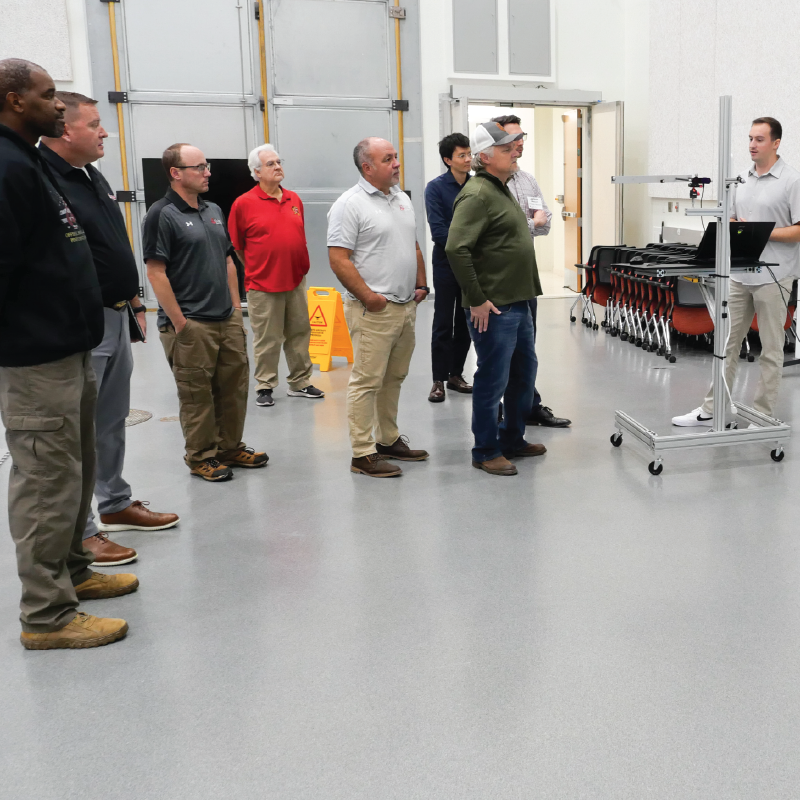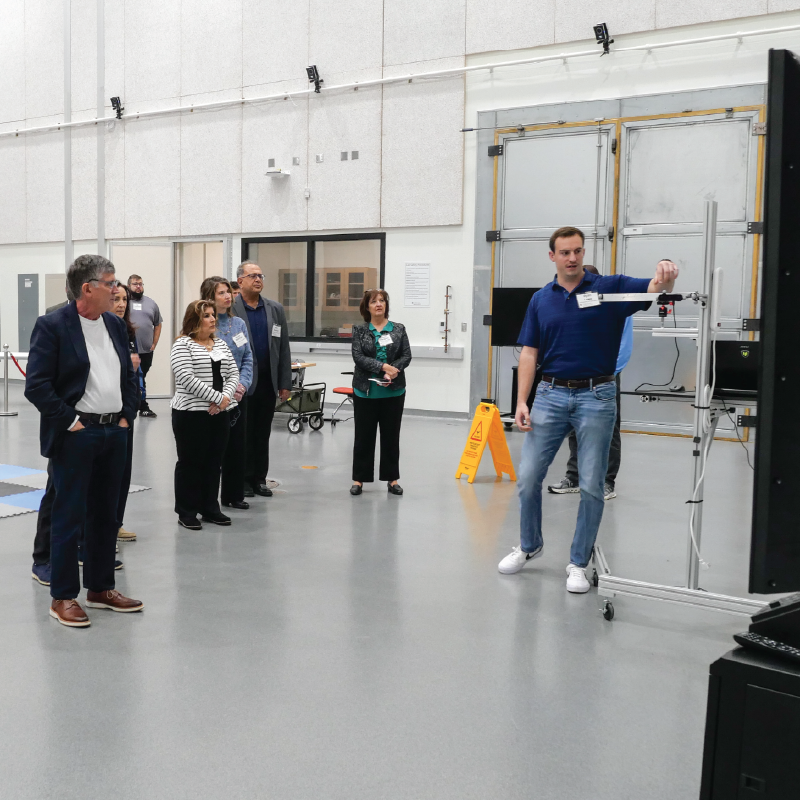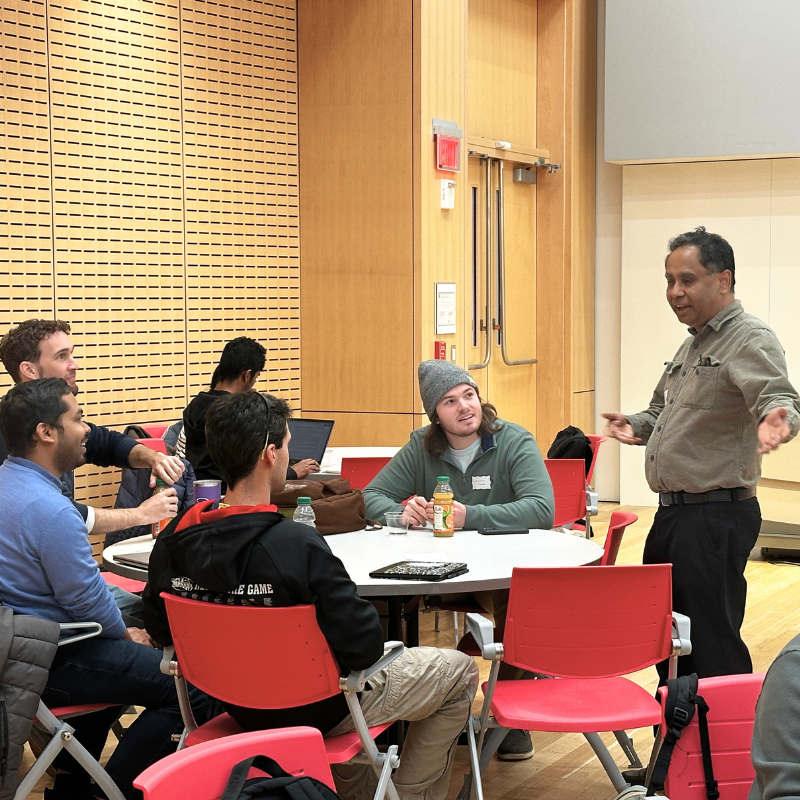News Story
UMD Researchers Receive DARPA Funding to Study Language Learning
The University of Maryland (UMD) will receive up to $8.58 million from the Defense Advanced Research Projects Agency (DARPA) Targeted Neuroplasticity Training (TNT) program to study the effect of peripheral nerve stimulation on second language acquisition and brain plasticity.
Led by researchers from the UMD Center for Advanced Study of Language (CASL), in collaboration with colleagues from UMD’s Institute for Systems Research and Department of Electrical and Computer Engineering, and Arizona State University, the project seeks to examine whether stimulating the vagal nerve improves adults’ brain plasticity to help them learn a second language. The stimulation is delivered via an earbud that transmits a safe, low-voltage electrical signal to a peripheral branch of the vagal nerve.
The goal of this collaborative project is to thoroughly study vagal nerve stimulation (VNS) as a method of safely and rapidly enhancing foreign language learning. The researchers will use behavioral and neuroimaging methods to examine the effects of VNS on auditory, acoustic, and speech perception learning, vocabulary and grammar learning for written language, and short- and long-term neuroplasticity in the brain. Additionally, the research team will map the dynamic neural networks activated during VNS and learning. Complementary studies by the Institute for Systems Research on auditory learning will address the neural basis for enhanced neuroplasticity with vagal nerve stimulation, which leads to the targeted release of neuromodulators that improve the brain systems for attention, learning and memory.
The principal investigators are Henk Haarmann, Stefanie Kuchinsky, Polly O’Rourke, and Gregory Colflesh, who are all cognitive neuroscientists at CASL. Additional collaborators are Jonathan Fritz of UMD’s Institute for Systems Research (ISR); Shihab Shamma from ISR and the Department of Electrical and Computer Engineering; and Jamie Tyler from Arizona State University’s School of Biological and Health Systems Engineering.
“CASL is ideally positioned to conduct the fundamental and applied research studies in this project with our partners at the University of Maryland and Arizona State,” said Michael F. Bunting, Ph.D., acting executive director at CASL. “Cognitive neuroscience has long been an active part of language research. I believe that DARPA’s strong commitment to fundamental research is an integral part of moving science innovation forward.”
The TNT program is part of a broader portfolio of DARPA programs that support the federal government’s BRAIN Initiative (Brain Research through Advancing Innovative Neurotechnologies).
Click here to read DARPA's press release about its TNT program.
ABOUT CASL
The University of Maryland Center for Advanced Study of Language (CASL) conducts innovative, academically rigorous research in language and cognition that supports national security. CASL research is interdisciplinary and collaborative, bringing together people from the government, academia, and the private sector. CASL research is both strategic and tactical, so that it not only advances areas of knowledge, but also directly serves the critical needs of the nation. For more information, visit www.casl.umd.edu.
ABOUT ISR
The Institute for Systems Research (ISR) is an interdisciplinary research unit within the A. James Clark School of Engineering at the University of Maryland. Since its beginnings in 1985 as one of the National Science Foundation’s original Engineering Research Centers, ISR has been at the forefront of interdisciplinary research and education in the system sciences and system engineering. For more information, visit www.isr.umd.edu.
ABOUT THE UNIVERSITY OF MARYLAND
The University of Maryland, College Park is the state's flagship university and one of the nation's preeminent public research universities. A global leader in research, entrepreneurship and innovation, the university is home to more than 37,000 students, 9,000 faculty and staff, and 250 academic programs. Its faculty includes three Nobel laureates, three Pulitzer Prize winners, 60 members of the national academies and scores of Fulbright scholars. The institution has a $1.9 billion operating budget, and secures $560 million annually in external research funding. For more information about the University of Maryland, visit www.umd.edu.
Published May 10, 2017









